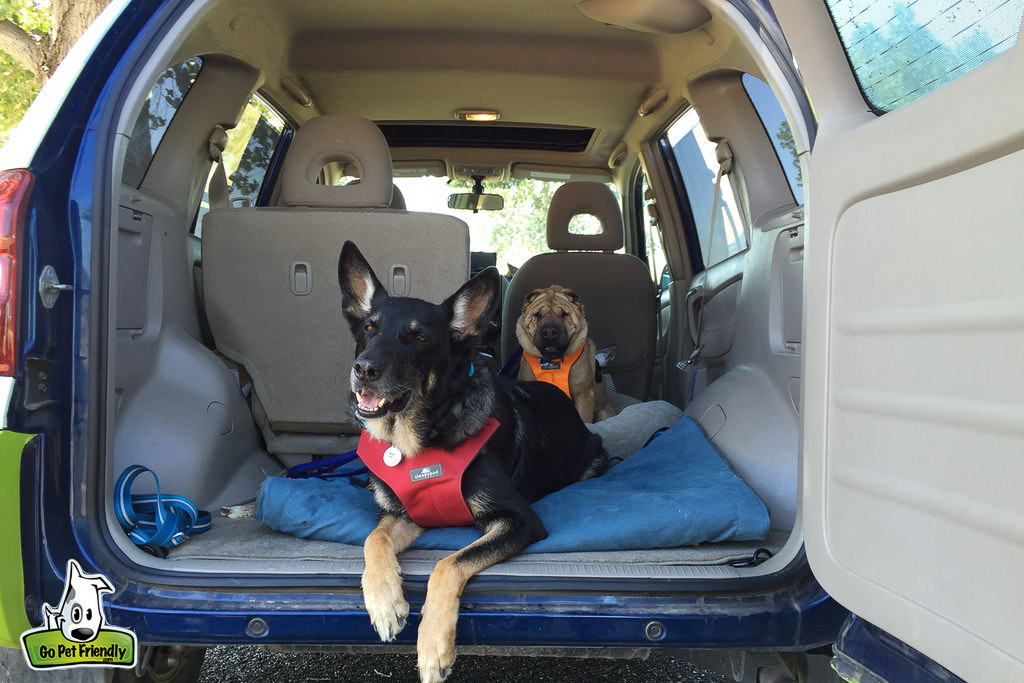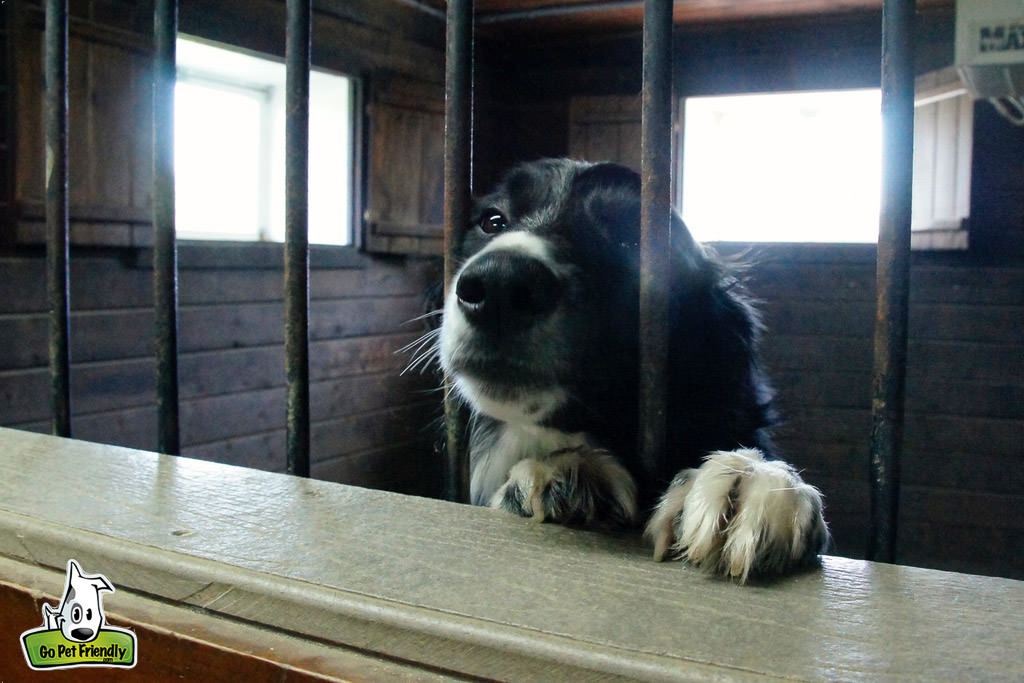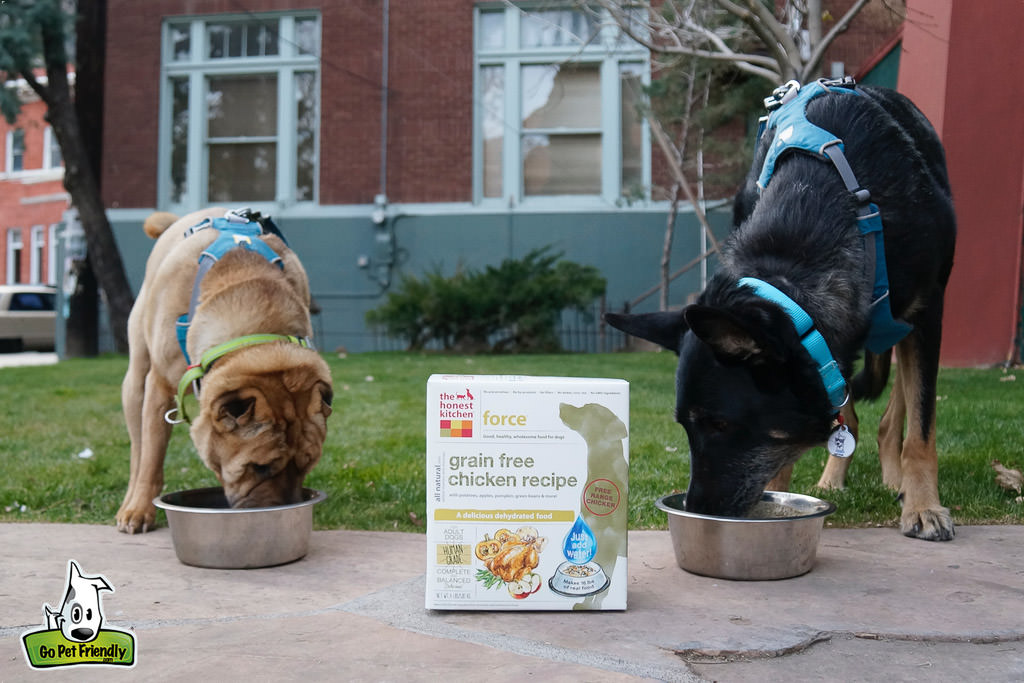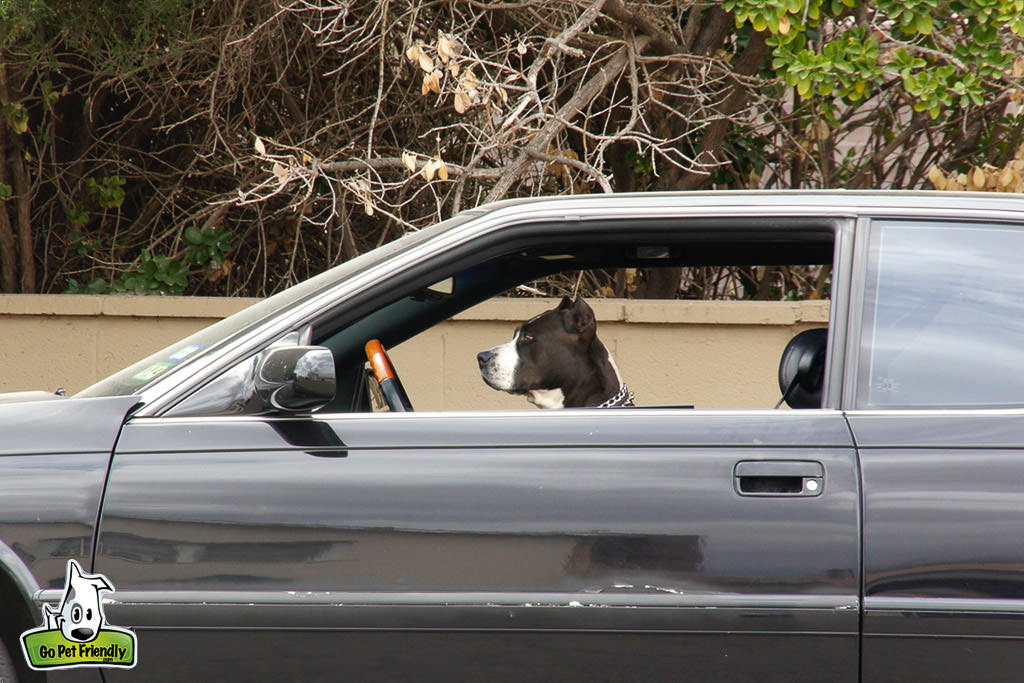
Tips for RVing with Your Pets to Canada
A question we get a lot from people planning pet-friendly vacations is, "What are the requirements when driving across the border to Canada with a pet?" Navigating the regulations and insuring a safe journey for your pets can be intimidating until you've done it a few times. But with these tips your Canadian adventure can be worry-free.
Required Documents
No quarantine period is required when traveling into Canada with your pets, but you must have a current rabies certificate for each dog and cat (older than 3 months) that is crossing the border with you.
The rabies vaccination certificates must be written in either English or French and be signed by a licensed veterinarian. The certificates must include identifying information, such as the breed, color, and weight of your pet. Finally, the form must state that your pet is vaccinated against rabies, indicate the date the vaccination took place, the trade name and the serial number of the licensed vaccine, and specify the duration of immunity. If no duration is stated, the certificate will only be considered valid for one year from the date of vaccination.
Assuming your pet is in good health, there is no need to get a health certificate prior to your travels. However, if you have an older pet or one that has a medical condition and may not appear well on visual inspection, it's a good idea to have a health certificate stating that he or she does not have a contagious illness.

When returning to the United States, you'll also need to have these documents with you. However, unvaccinated puppies and kittens are not allowed across the border into the U.S., and young pets who've just had their first rabies vaccination must wait 30 days from the date of that vaccination to enter the U.S. Any exceptions to this regulation must be pre-approved by the Centers for Disease Control.
While agents may not ask to see your documentation every time, it's not wise to take that chance. Both governments make it very clear that they can and will refuse entry to any animal that does not meet their requirements.

Food and Treats
Pet owners traveling from the U.S. to Canada are allowed to bring up to 44 pounds of pet food as long as all of the following requirements are met:
- The product must be of United States origin and be sealed in its original packaging.
- Both the product and the pet must be in the possession of the traveler at the time of entry from the U.S.
- The imported product must be fed only to the animal that accompanied the traveler into Canada.

Breed Bans
The biggest obstacle in traveling to Canada relates to the breed-specific laws that have been enacted there. Pit bulls, and any mixes thereof, are banned from the entire province of Ontario as well as the city of Montreal. These laws allow authorities to seize and euthanize any dog deemed to be a "pit-bull" type, based on an officer's visual inspection.

Though it's extreme, it is important that you understand these statutes, because there are no exceptions for tourists traveling with their pets. If you have a pit bull, pit mix, or a dog that could possibly be mistaken for a pit bull, avoiding Ontario and Montreal is the safest choice.
For more tips and ideas for traveling with your pets, visit us at GoPetFriendly.com.
Comments
Comments on this post are moderated, so they will not appear instantly. All relevant questions and helpful notes are welcome! If you have a service inquiry or question related to your RV, please reach out to the customer care team directly using the phone numbers or contact form on this page .